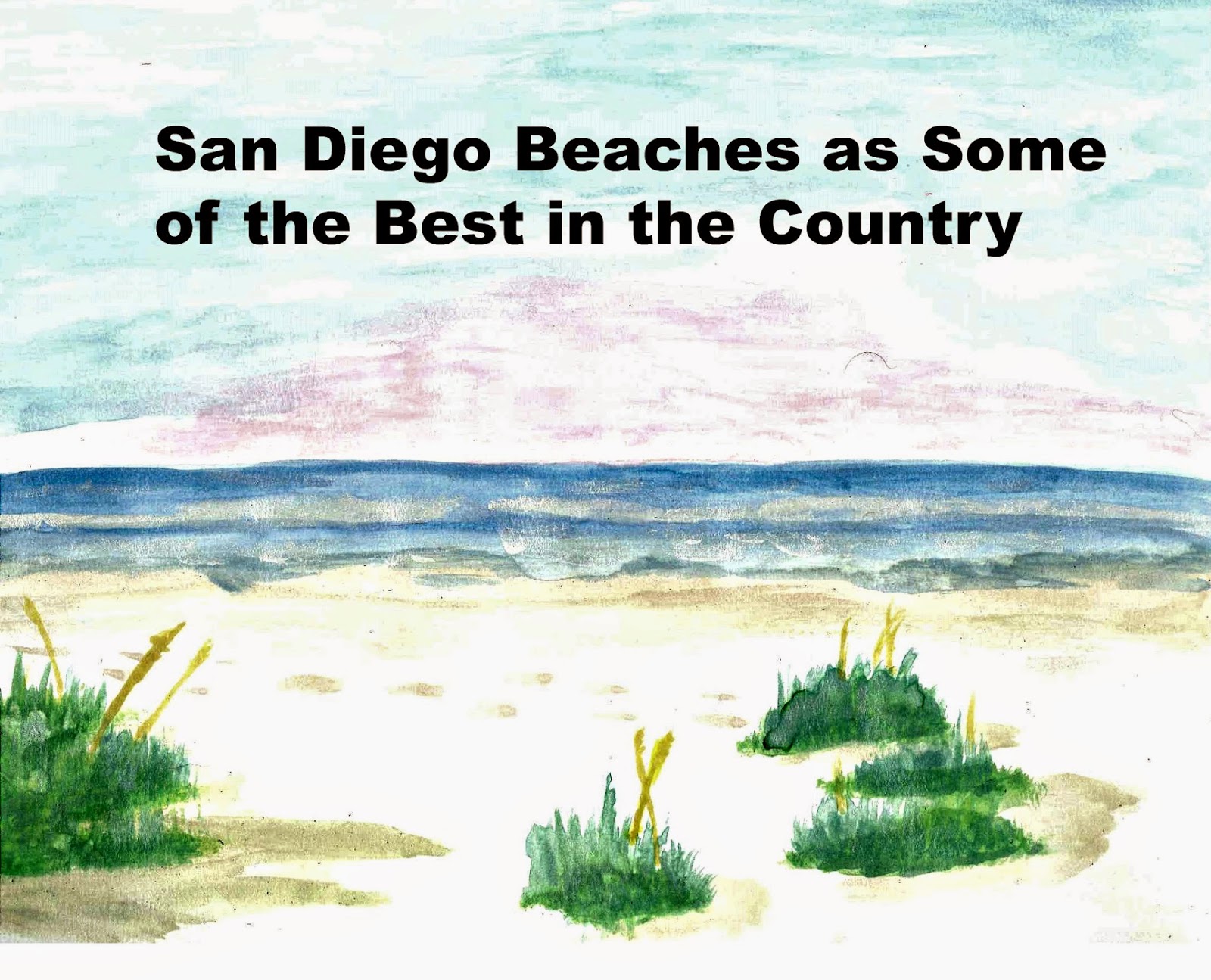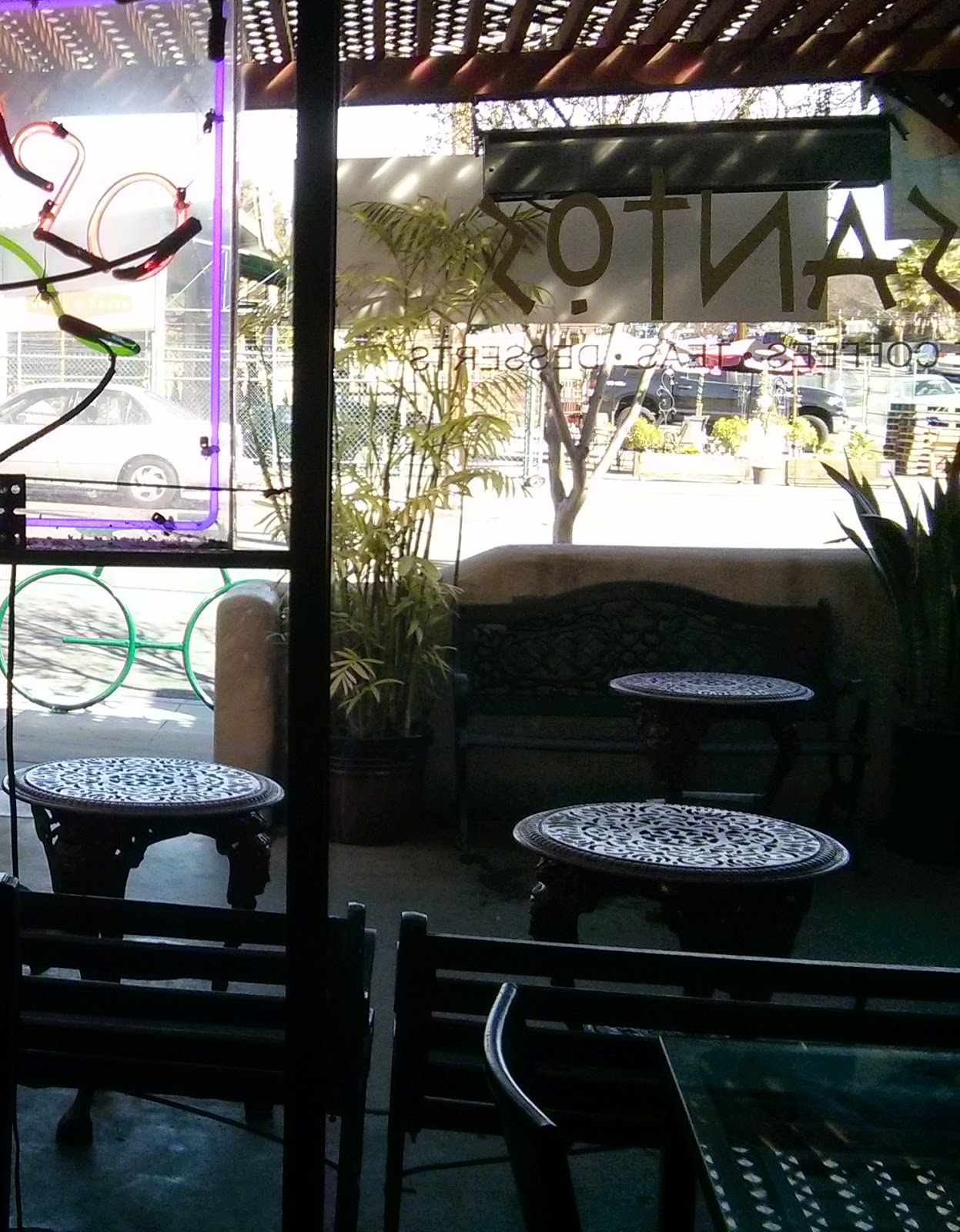A sound college degree is expensive and the cost of managing universities is continuing to put pressure on stretched state budgets. Online education entered the market in the past few decades and is disrupting the traditional system. Despite this feather ruffling it also will bring a few new things that may help both universities and states become more cost effective.
The legal design of the institution (for or non-profit) is less important than the actual quality of education provided. To that end, traditional land based universities have come grudgingly to accept the merits of online education in both terms of cost and learning quality. Online education will change the cost structures of universities (Cowen & Tabarrok, 2014):
- Using the best professor and content creators to teach more students.
- Save time with less repetition and commuting costs.
- Flexibility in when and how lectures are viewed.
- Greater productivity improvements as software substitutes labor.
- Additional incentives to invest in quality as market increases.
- Stronger feedback through adaptive systems.
- Greater student measurements.
- Reduce cost and increase quality of higher education through enhancing productivity.
Online education is here to stay and will continue to grow and develop over the years. It will provide a number of benefits for universities whose administrative and cost burdens are high. By focusing on high quality online quality learning, universities will be able to find higher economies of scale and greater reach for their educational benefits.
Cowen, T. & Tabarrok, A. (2014). The industrial organization of online education. American Economic Review, 104 (5).





